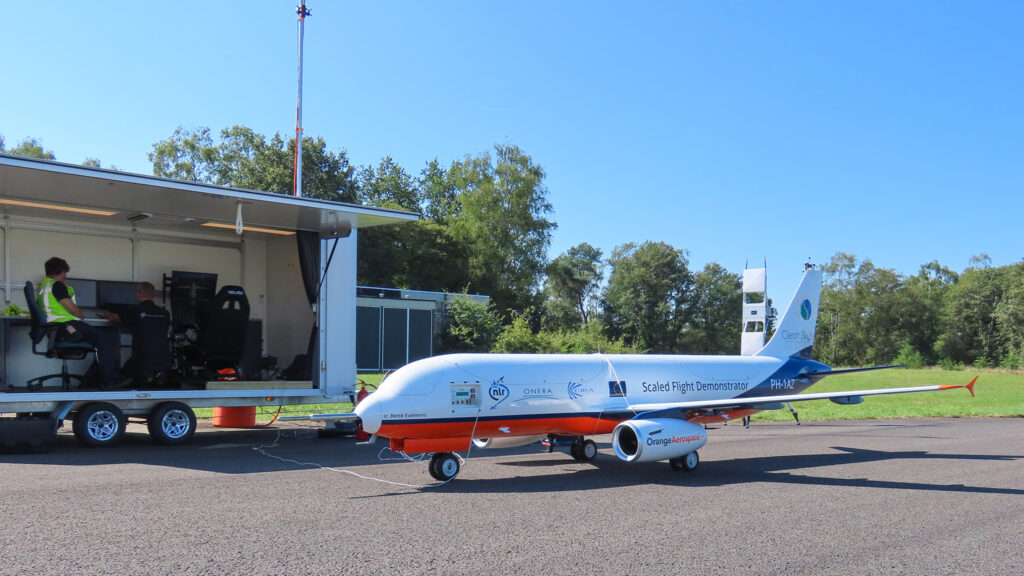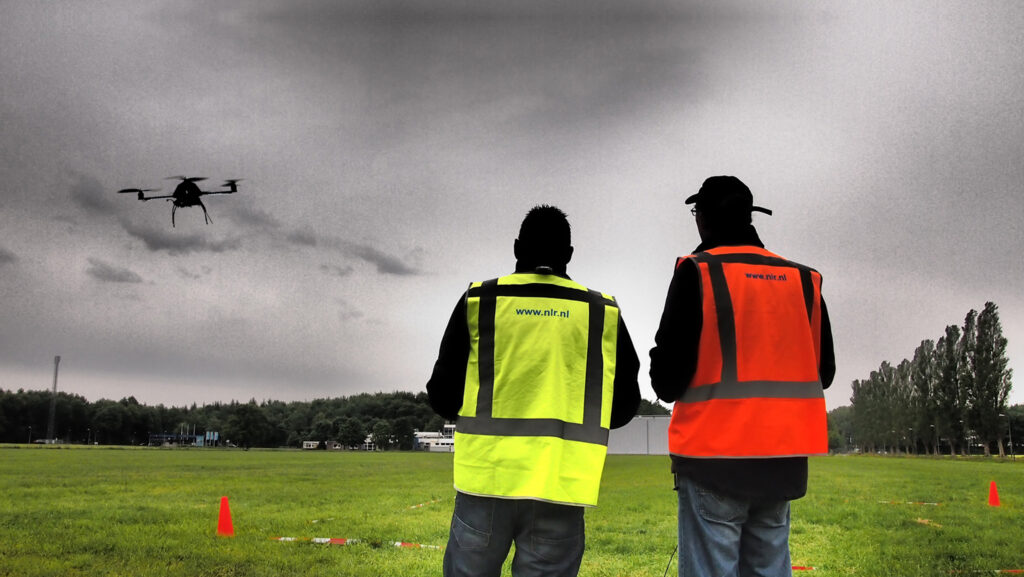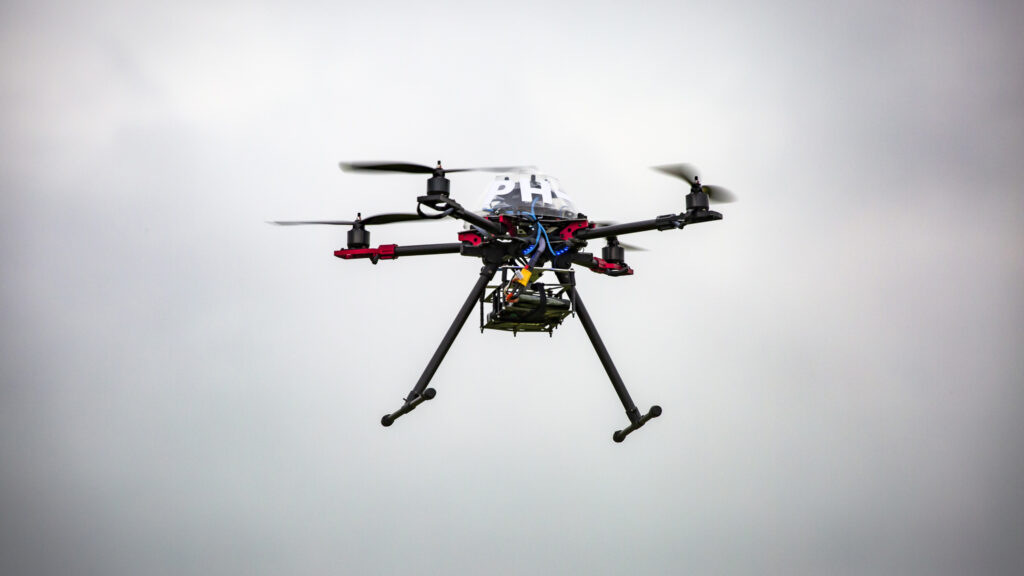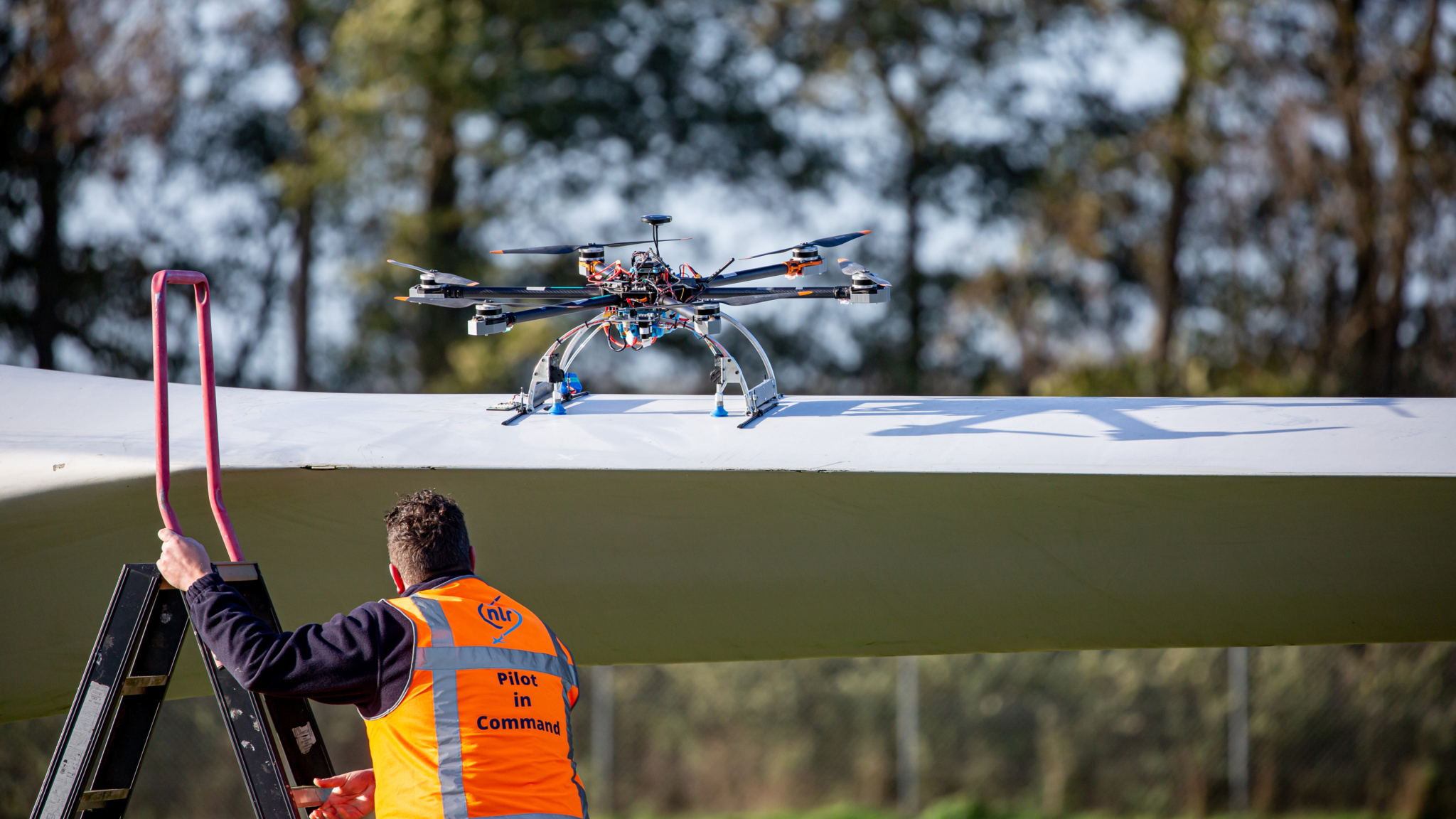NLR conducts its own research into new operational procedures and applications for unmanned aerial vehicles and develops unmanned aerial vehicles for research programmes. This includes large UAS and equipment of an experimental nature.
Main features
Restricted airspace
Only aircraft and pilots who fulfil all the statutory requirements may fly in Dutch airspace. The NLR Drone Centre has an extensive dispensation: for example, it is permitted to fly prototypes that do not yet meet all the requirements. The airspace above the NLR Drone Centre is closed to other users, and the territory is also a restricted and closed area. Herewith fulfilling a significant need for drone development and the technology it requires, such as detect-and-avoid sensors that prevent drones from coming too close to other air traffic.
- Closed airspace EHR66 (0 to 1500 ft / 3500 ft) with permanent BVLOS and airport arrangements
- Landing runway of 325 x 15 m
- DigiCity: an operational simulated urban environment (16 shipping containers in flexible configurations)
NLR has a varied air fleet of more than 30 drones, mostly designed or built in-house, which are or have been used for research projects. The current fleet consists of:
- Fixed-wing aircraft from 1 to 150 kg
- Helicopters (head rotor with tail rotor) from 5 to 100 kg
- Multi-rotor systems from 1 to 60 kg
- Hybrid fixed-wing multi-rotor aircraft up to 25 kg




